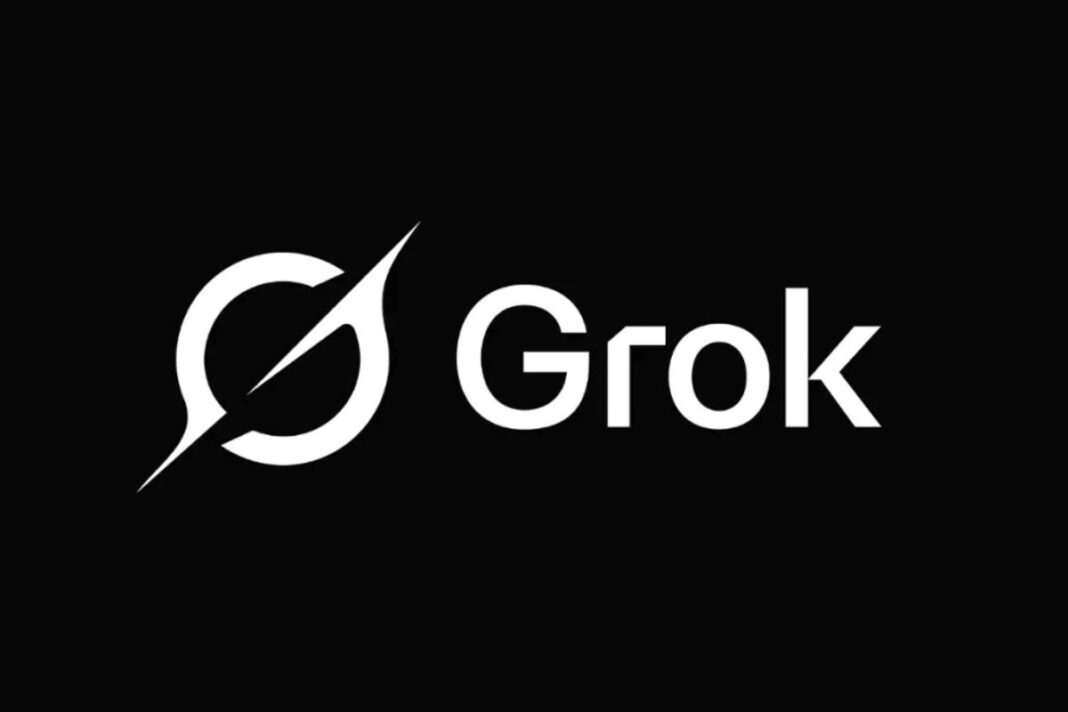Economic growth is growing at ‘a very large margin,’ according to one market expert.
The U.S. economy rebounded substantially in the second quarter, exceeding economists’ expectations.
According to the Bureau of Economic Analysis (BEA), the second-quarter GDP growth rate was 3.8 percent, higher than the initial estimate of 3 percent, reflecting an upward revision to consumer spending.
This is up from the previous quarter’s 0.6 percent contraction—adjusted lower from 0.5 percent—and came in above the market consensus of 3.3 percent.
“GDP is growing at +3.8% in real terms, so despite the elevated inflation we have been living with since COVID, economic growth is exceeding that by a very large margin,” Chris Zaccarelli, chief investment officer for Northlight Asset Management, said in a note emailed to The Epoch Times.
The economy’s overall recovery in the April–June period was fueled by a sharp decline in imports and an increase in consumer spending.
Consumer spending increased by 2.5 percent, from the 0.6 percent boost in the first three months of the year and well above the 1.6 percent the EPA previously estimated.
“Real GDP was revised up 0.5 percentage point from the second estimate, primarily reflecting an upward revision to consumer spending,” the agency said.
Imports fell by more than 29 percent following a 38 percent spike in the January–March span. Falling imports of foreign merchandise can boost gross domestic product since the quarterly metric measures spending on goods and services produced domestically.
Exports fell by 1.8 percent after a 0.2 percent boost in the first quarter.
President Donald Trump’s global tariffs prompted companies to front-load their purchases of foreign products ahead of the administration’s levies.
Government consumption expenditures and gross investment dipped 0.1 percent for the second consecutive quarter, led by a 5.3 percent decline in federal spending. State and local outlays, however, rose by about 3 percent.
At an industrial level, meanwhile, the bureau reported a 10.2 percent increase in real value added for private goods-producing industries and a 3.5 percent jump in private services-producing sectors. This helped offset the 3.2 percent drop in real value added for government.
On the inflation front, the increase in the GDP Price Index—a gauge of prices of all goods and services in the GDP—slowed to a slightly higher than expected 2.1 percent in the second quarter, from the 3.6 percent increase in the previous quarter.
In addition, inflation in Personal Consumption Expenditures (PCE) Prices also eased to 2.1 percent in the second quarter, from 3.7 percent. This came in a bit above the 2 percent reading. The final reading for core PCE price inflation, which strips out the volatile energy and food components, was higher than expected at 2.6 percent, down from 3.5 percent.
The U.S. economy is expected to continue expanding in the third quarter.
According to the Atlanta Federal Reserve’s GDPNow Model estimate, GDP growth is expected to be 3.3 percent.
By Andrew Moran







